Garnet:
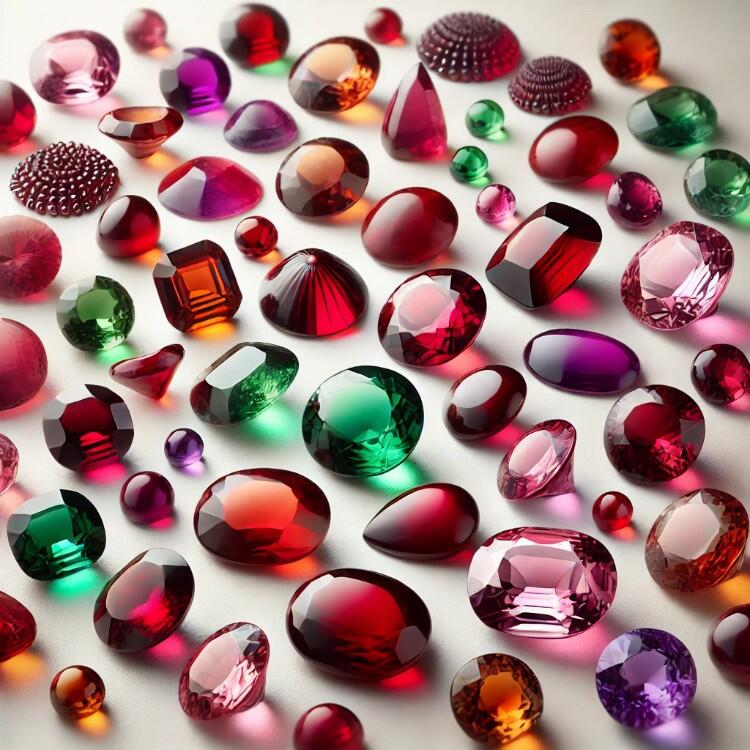
Garnet, a name derived from the Latin word granatum (meaning “seed”), aptly describes this gemstone’s resemblance to the seeds of a pomegranate. Garnets are a set of closely related minerals forming a group, with gemstones in almost every color. Known for its captivating beauty and rich history, it is more than just a pretty gem. Its diverse colors, symbolic meanings, and practical uses make it one of the most versatile and fascinating gemstones in the world.
Those born in January are lucky to have the beautiful and diverse garnet as their birthstone. Garnets are commonly red but also come in an extraordinary range of beautiful colors, including orange, yellow, purple and vibrant green. There are even garnets that change color from blue to purple in different lighting. Some believe the true value of the garnet birthstone is its power to bring the wearer good health, wealth and happiness.
Garnet belongs to a group of silicate minerals that share a similar crystal structure but vary in chemical composition. This group includes species such as pyrope, almandine, spessartine, grossular, and andradite. These variations give garnets their unique colors and physical properties
A Rainbow of Colors:
While garnet is commonly associated with a deep red hue, this gemstone actually comes in a wide spectrum of colors. From vibrant greens and oranges to soft pinks and even blues, garnet’s color palette is as diverse as nature itself. The variations in color result from differences in the gemstone’s chemical composition, which includes elements like iron, manganese, and aluminum. Some popular varieties include:
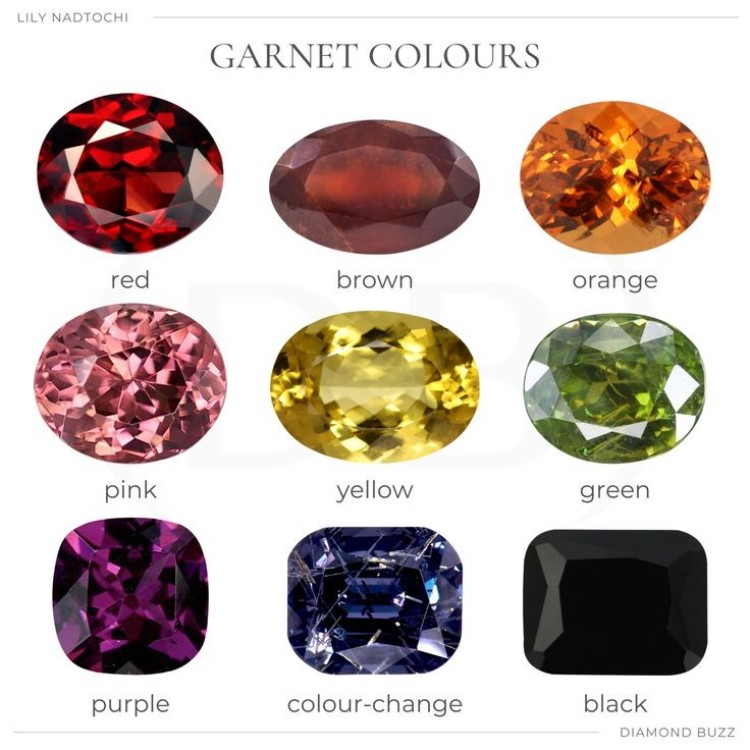
Garnet is actually a group of several minerals;
- Pyrope: Known for its fiery red tones.
- Almandine: Exhibits deep red to reddish-brown shades.
- Spessartine: Showcases orange to reddish-orange hues.
- Grossular(Tsavorite):The widest range, from colorless through yellow to reddish orange and orangy red, as well as a strong vibrant green called tsavorite.
- Andradite: yellow to green (the gem variety demantoid).
- Rhodolite: Combines red and violet for a purplish-pink appeal.
- Color-Change Garnet: Displays different colors under natural and artificial light, ranging from greenish hues to reddish tones.
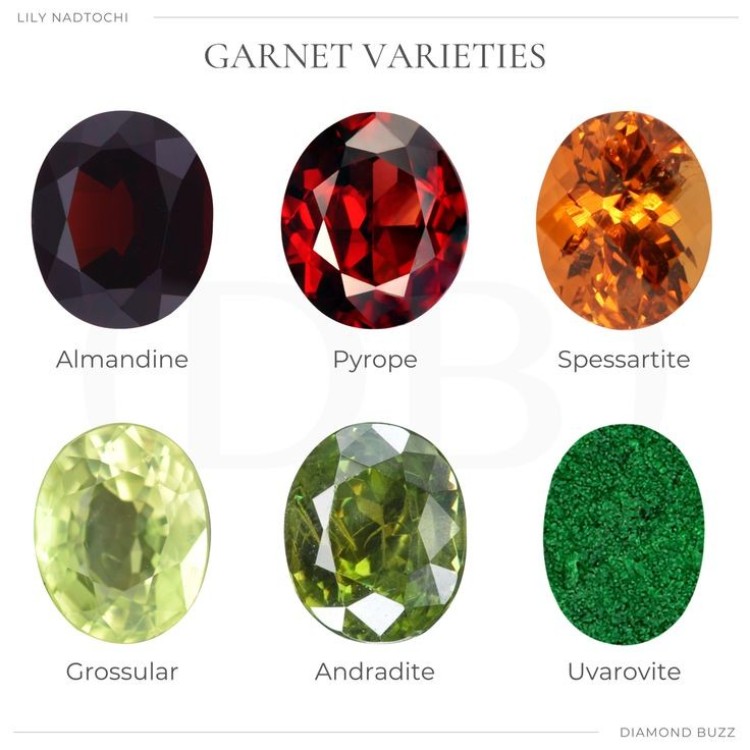
Historical Significance and Symbolism:
Garnet’s history is as rich as its colors. Ancient civilizations, including the Egyptians, Greeks, and Romans, prized this gemstone for its beauty and symbolism. Garnets were used as talismans, offering protection during travel and battle. They were also believed to symbolize friendship, trust, and eternal love. In medieval times, garnets adorned religious and royal jewelry, signifying power and faith.
In modern gemology, garnet is celebrated as the birthstone for January, representing vitality, passion, and strength. It is also the traditional gift for second wedding anniversaries, symbolizing commitment and enduring love.
Occurrence:
Garnets come from many different regions and countries. For instance, Bohemia was the primary source of the red pyrope garnets so popular during Victorian times. In contrast, today, the African continent supplies much of the world’s garnet. Specifically, Namibia is now producing demantoids, and most of the bright green tsavorites in the market come from Kenya, Tanzania, and Madagascar. Additionally, Namibia and Tanzania are also key sources of the rich orange-to-yellow spessartine garnets. Meanwhile, for many years, Southern California’s Little Three mining area was known for producing this spellbinding gem. Furthermore, the birthstone for January is also found in Myanmar, Brazil, Iran, Afghanistan, Pakistan, India, and Sri Lanka, among other countries.”
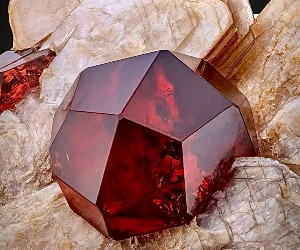
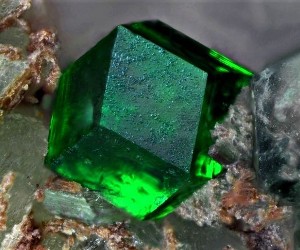
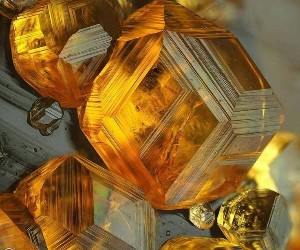
Overview :
Tsavo Park
Campbell Bridges mined tsavorite garnet in Kenya near Tsavo National Park.
Faberge
The imperial Russian jeweler created intricate jewelry designs for demantoid garnet.
3800 BC
A stylish red garnet bead necklace found in a grave in Egypt is more than 5,000 years old.
Gemological Challenge
Figuring out how each new gem garnet fits into the six main mineral species is a challenge for gemologists
Horsetail Inclusions
Horsetail inclusions in green demantoid garnet are one of the few internal features that increase a gem’s value.
Fire
Due to demantoid garnet’s high dispersion, well-cut, fashioned gems display an amazing amount of fire.
Identification :
| Mineral | Garnet group |
| Chemistry | Almandine- Fe3Al2(SiO4)3 Andradite- Ca3Fe2(SiO4)3 Grossular- Ca3Al2(SiO4)3 Pyrope- Mg3Al2(SiO4)3 Rhodolite- (Mg, Fe)3Al2(SiO4)3 Spessartine- Mn3Al2(SiO4)3 |
| Color | All colors |
| Mohs harness | 6.5-7.5 |
| Refractive index | 1.714-1.888 |
| Specific gravity | 3.47-4.15 |
| Birefringence | None |
Uses and Applications:
Beyond its allure as a gemstone, garnet has practical applications. For instance, in industrial settings, garnet is valued as an abrasive material for sandblasting, waterjet cutting, and polishing. Moreover, its hardness and chemical stability make it ideal for these purposes.
On another note, in metaphysical practices, garnet is believed to have healing properties. Specifically, it is said to boost energy levels, inspire creativity, and promote emotional balance. Although these claims lack scientific backing, they add to garnet’s mystique and appeal.
Unique Features of Garnet
- Natural Durability: Garnet’s natural resilience makes it suitable for everyday wear in jewelry such as rings, necklaces, and bracelets.
- Rare Varieties: Rare types like demantoid garnet, prized for its exceptional brilliance and fire, are sought after by collectors and gem enthusiasts.
- Inclusions as Identifiers: Garnets often contain inclusions that can serve as “fingerprints,” helping gemologists identify their origin and authenticity.
- Affordable Luxury: Despite their beauty and durability, garnets are often more affordable compared to other gemstones, making them accessible to a wide audience.
- Environmental Indicators: Garnets are sometimes used in geology as indicators of metamorphic conditions, providing insights into the Earth’s history.
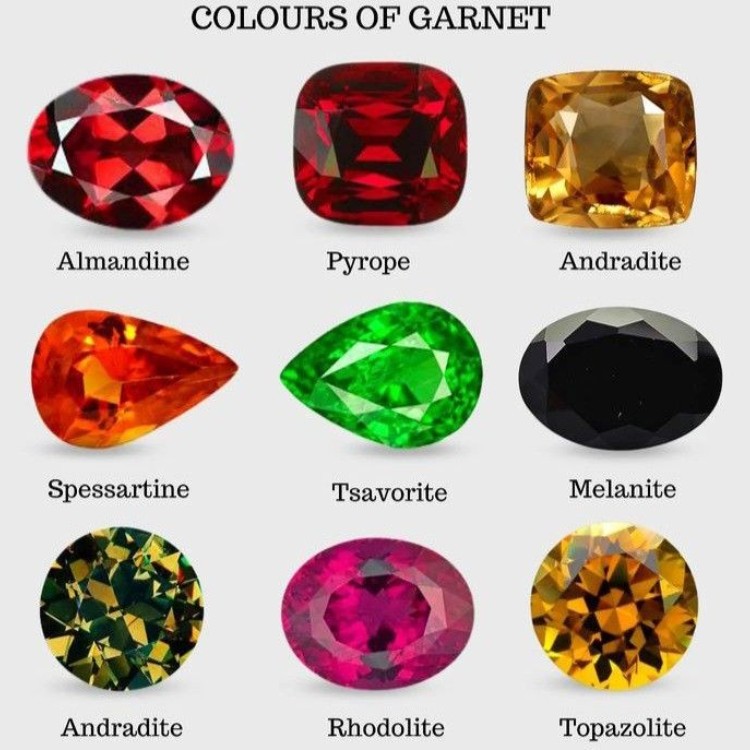
Astrological Benefits of Garnet
In astrology, garnet is believed to have significant positive influences on those who wear it. It is birthstone of January and associated with the Capricorn and Aquarius. Some of the astrological benefits associated with garnet include:
- Boosting Confidence: Garnet is said to enhance self-esteem and courage, helping individuals face challenges with determination.
- Enhancing Creativity: Wearing this stone is believed to stimulate the imagination and inspire creative ideas.
- Promoting Health and Vitality: It is thought to revitalize energy, improve blood circulation, and support physical health.
- Strengthening Relationships: This gemstone is considered a symbol of love and devotion, helping to strengthen bonds between partners and loved ones.
- Providing Protection: It is often used as a protective stone, shielding the wearer from negative energies and fostering a sense of security.
- Bringing Good Luck: In many traditions, this gem is associated with prosperity and success, attracting positive outcomes in personal and professional endeavors.
Conclusion:
Garnet is a gemstone that captivates with its beauty, versatility, and rich heritage. Whether you are drawn to its vibrant colors, historical significance, or practical uses, garnet continues to hold a special place in both the world of gemology and the hearts of gemstone enthusiasts. From ancient talismans to modern jewelry, garnet’s enduring charm is truly timeless.

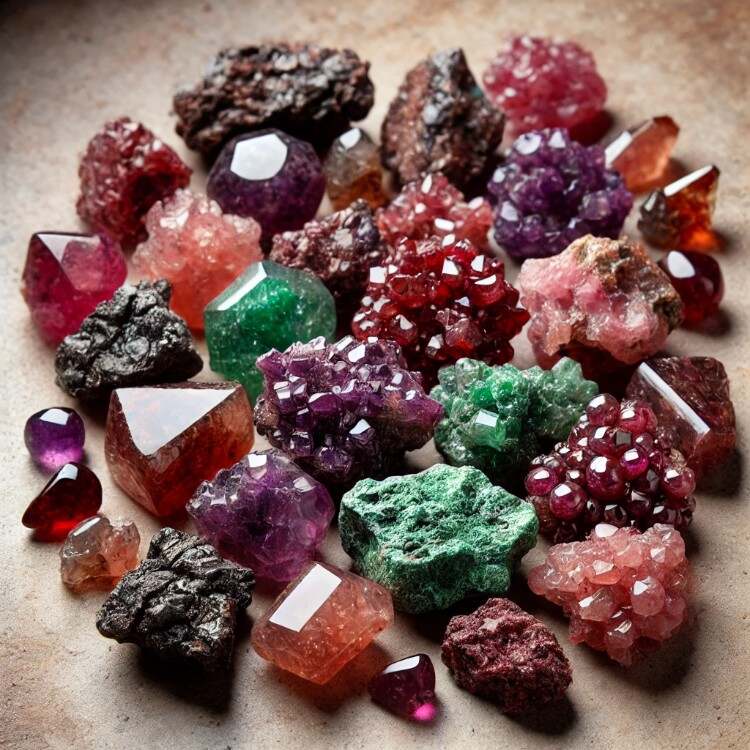
Garnet, the birthstone for January, is known for its deep red hue but also comes in colors like orange, green, and rare blue. Symbolizing passion, energy, and commitment, it’s believed to enhance vitality and emotional balance. Also, visit: https://navratan.us/